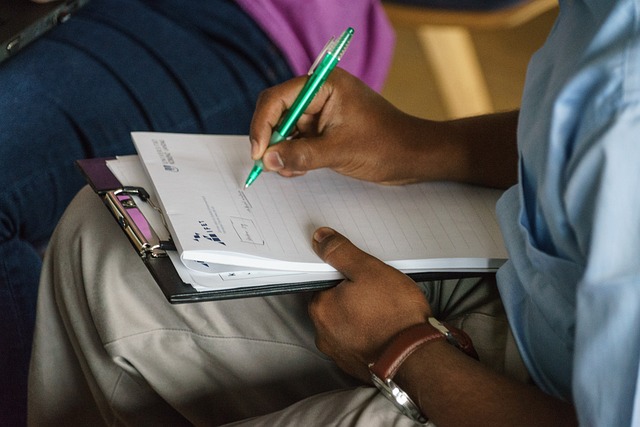Back to School Supplies: Practical Guide for Students and Parents
Getting ready for a new school year often starts with a list: notebooks, pens, a reliable school bag, and a pencil case. Choosing the right mix of school supplies can support organization, comfort, and learning habits without overspending. This guide breaks down essential items, shopping tips, and a practical pricing snapshot to help students and parents prepare for the term ahead.

What school supplies are essential?
Essential school supplies vary by age and course load, but a core set suits most students: notebooks or loose-leaf paper, pens and pencils, highlighters, a ruler, glue, scissors, and a planner or calendar. For younger children, add labeled folders and simple art materials; for older students, include subject-specific tools such as graphing paper or a scientific calculator. Prioritize durable items that can be refilled or replaced individually to extend value and reduce clutter.
How to choose a school bag?
A school bag should balance comfort, capacity, and organization. Look for padded straps and a supportive back panel to reduce strain, especially when carrying textbooks or a laptop. Compartments help separate a water bottle, electronics, and stationery so items stay protected and accessible. Consider material durability (water-resistant fabrics are helpful) and size: it should fit the student’s books and any required laptop without being oversized. Testing fit with a full load helps determine whether the bag distributes weight well.
What should go in a pencil case?
A well-stocked pencil case keeps everyday stationery within reach. Include a few pencils, pens in different colors (for notes and editing), a reliable eraser, a small sharpener, a highlighter, and a compact ruler. For middle and high school students, add a fine-tip marker or whiteboard pen if needed for classwork. Choose a pencil case that fits the required items without bulking the school bag; soft-sided cases can expand, while hard cases protect fragile items like mechanical pencil leads.
How to shop for stationery and supplies?
When buying stationery, combine quality and economy. Bulk packs of basic items such as loose-leaf paper, pencils, and pens can reduce per-item cost, while investing in a few higher-quality items (a comfortable pen or a durable binder) pays off over time. Check return or exchange policies for labeled lists from schools. Compare local services and national retailers for availability, and consider seasonal sales but avoid last-minute purchases that force costly choices. Reuse and recycle where possible — leftover folders, binders, and pencil cases from previous years often remain useful.
How do supplies support education?
The right supplies help students stay organized, follow classroom routines, and complete assignments efficiently. A consistent place for homework and a reliable school bag reduce lost materials and late starts. Writing tools and paper facilitate note-taking and revision strategies that underpin learning. Beyond physical items, establishing simple supply-related habits — like restocking a pencil case weekly or cleaning out a school bag monthly — supports time management and responsibility, which are skills that transfer across subjects and schooling levels.
| Product/Service Name | Provider | Key Features | Cost Estimation |
|---|---|---|---|
| Standard backpack (mid-size) | JanSport, AmazonBasics, Target | Padded straps, multiple compartments, water-resistant options | $25–$70 |
| Basic pencil case | Muji, Target, Amazon | Zippered pouch, durable fabric, single or multi-compartment | $5–$20 |
| Stationery pack (pens, pencils, eraser, sharpener) | Staples, Walmart, Amazon | Assorted pens/pencils, erasers, sharpeners in one kit | $5–$25 |
| Notebooks (college/ruled) | Five Star, Mead, generic retail brands | Durable covers, various page counts (70–200 sheets) | $1–$8 each |
| Binder and folders set | Office Depot, Target, Amazon | 1–3 inch binders, tabbed folders for organization | $5–$25 per set |
Prices, rates, or cost estimates mentioned in this article are based on the latest available information but may change over time. Independent research is advised before making financial decisions.
Conclusion
Planning back-to-school purchases with attention to durability, ergonomics, and organization helps students focus on learning rather than managing materials. A thoughtfully chosen school bag and a stocked pencil case, combined with a small set of reliable stationery, create a foundation for consistent study habits. Use local services and retailer comparisons to balance quality and cost, and remember that simple routines around supplies often yield larger benefits for education outcomes.






